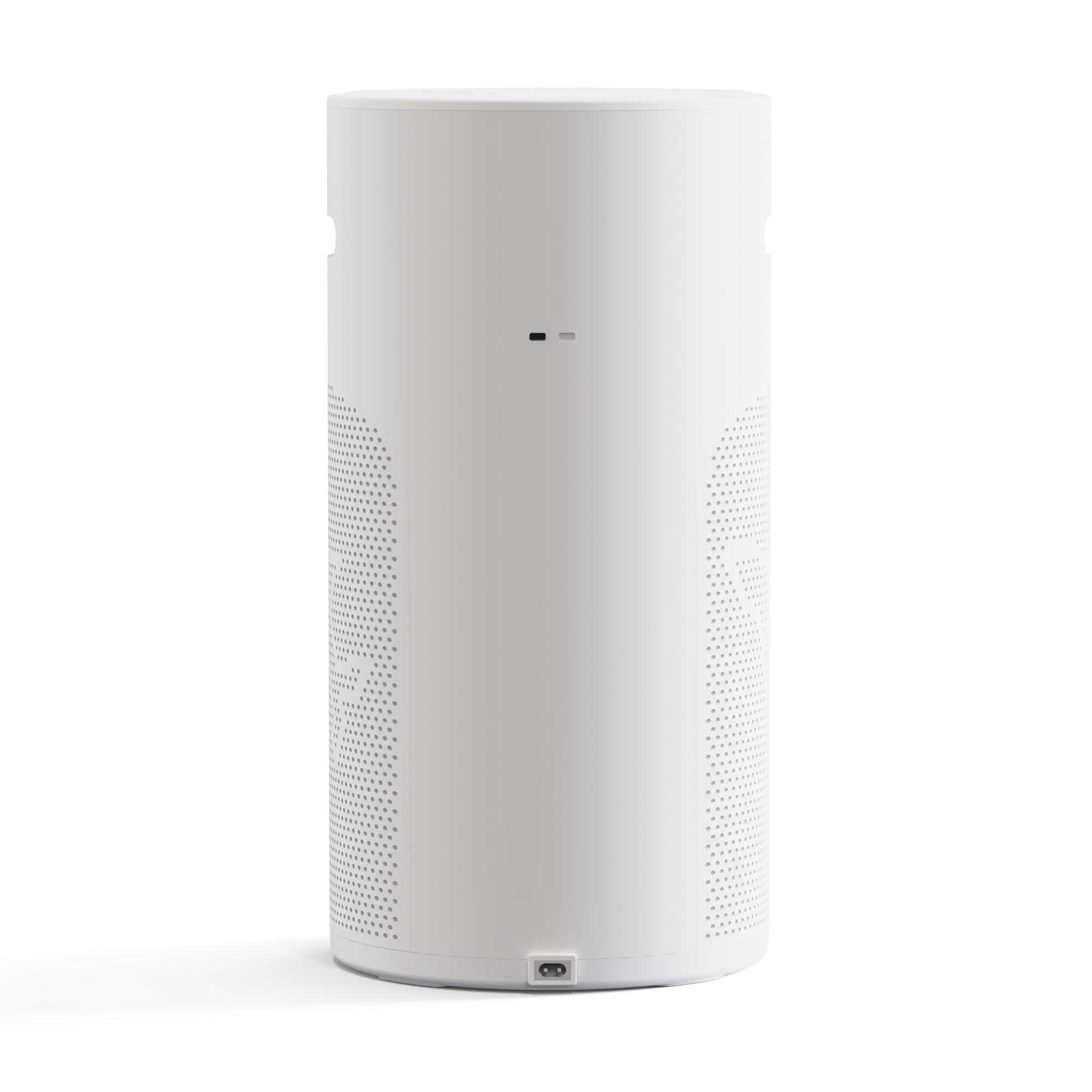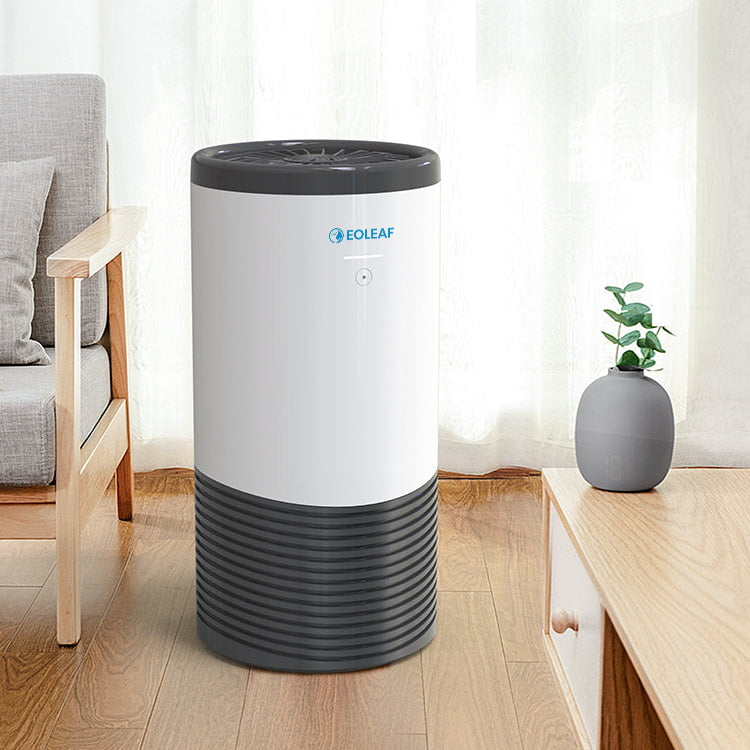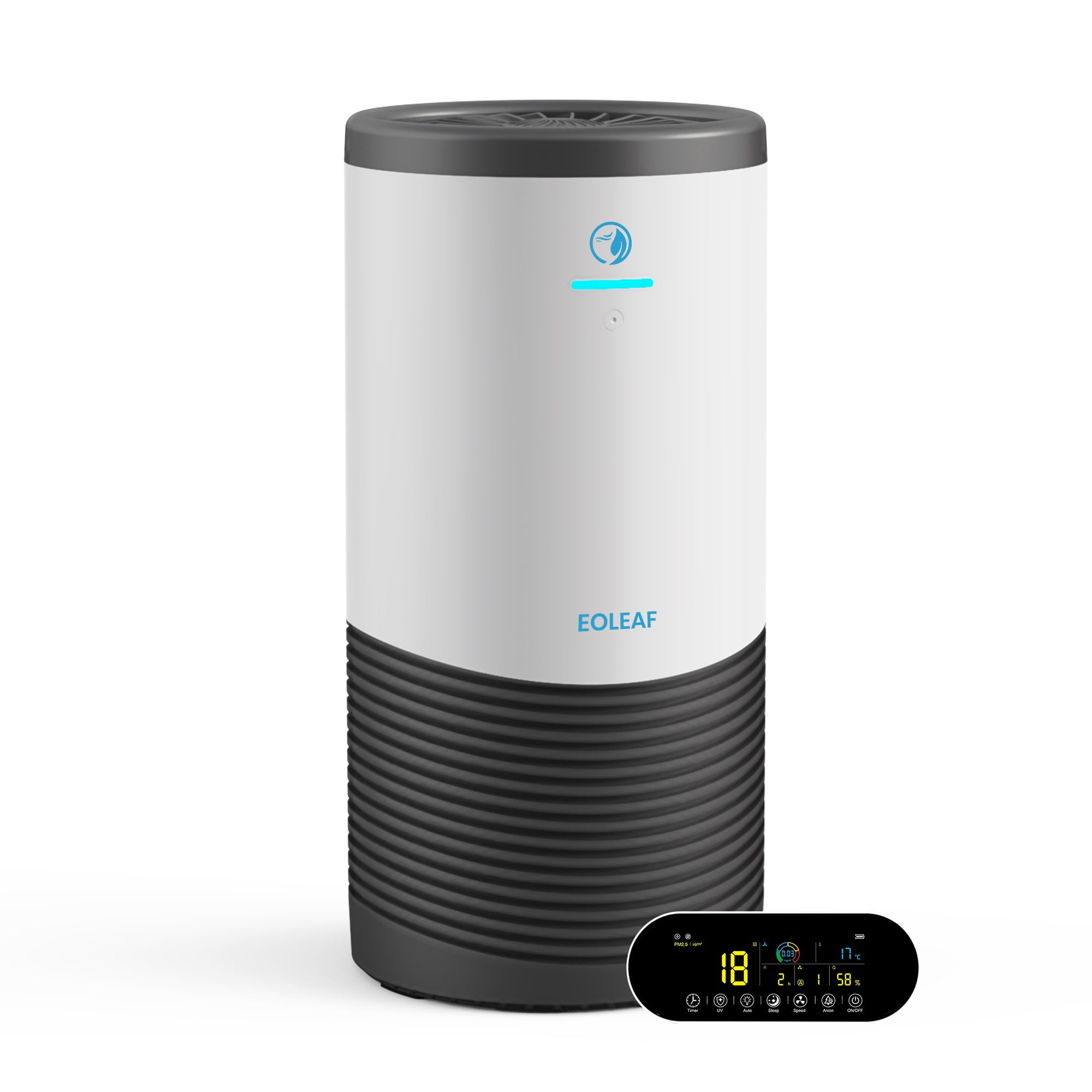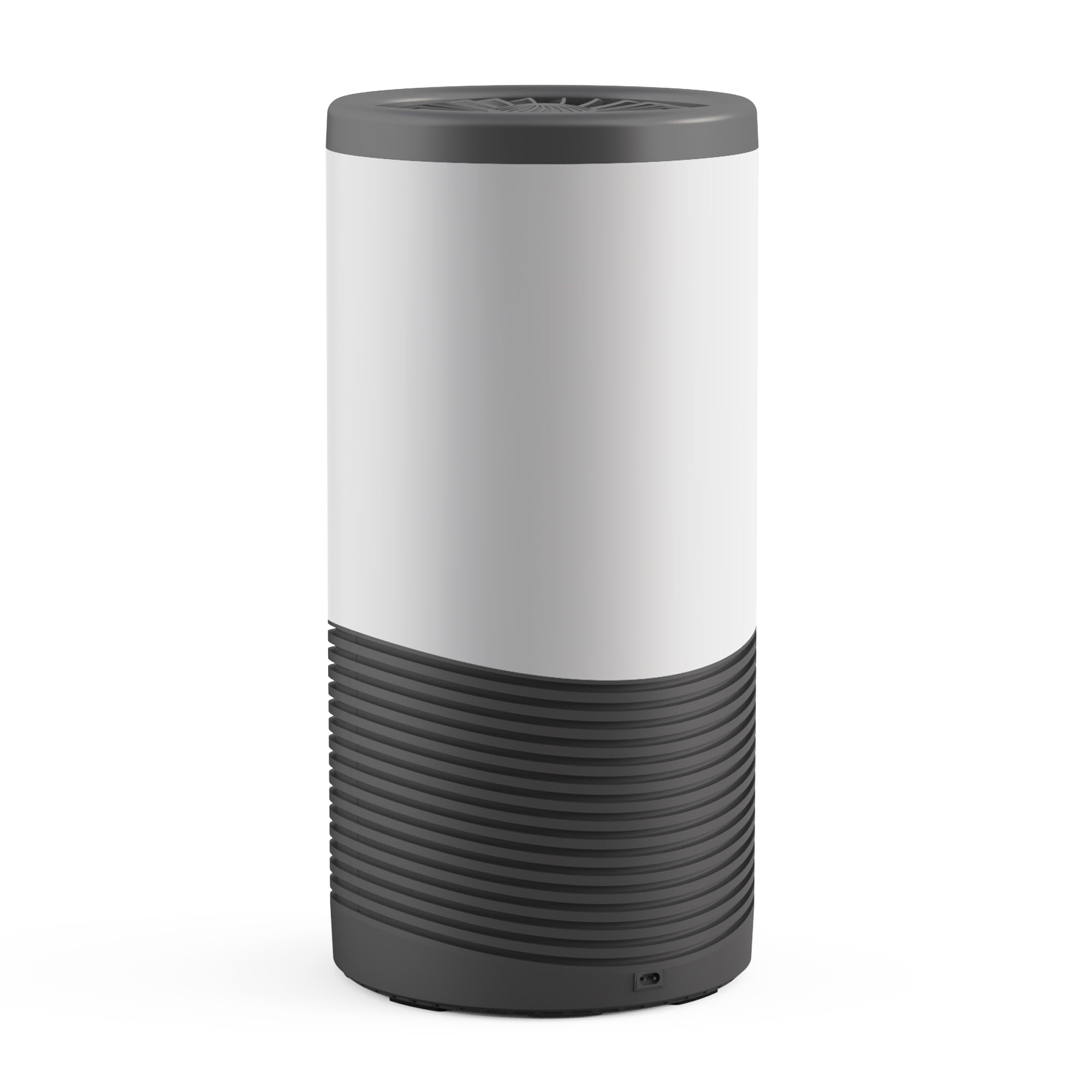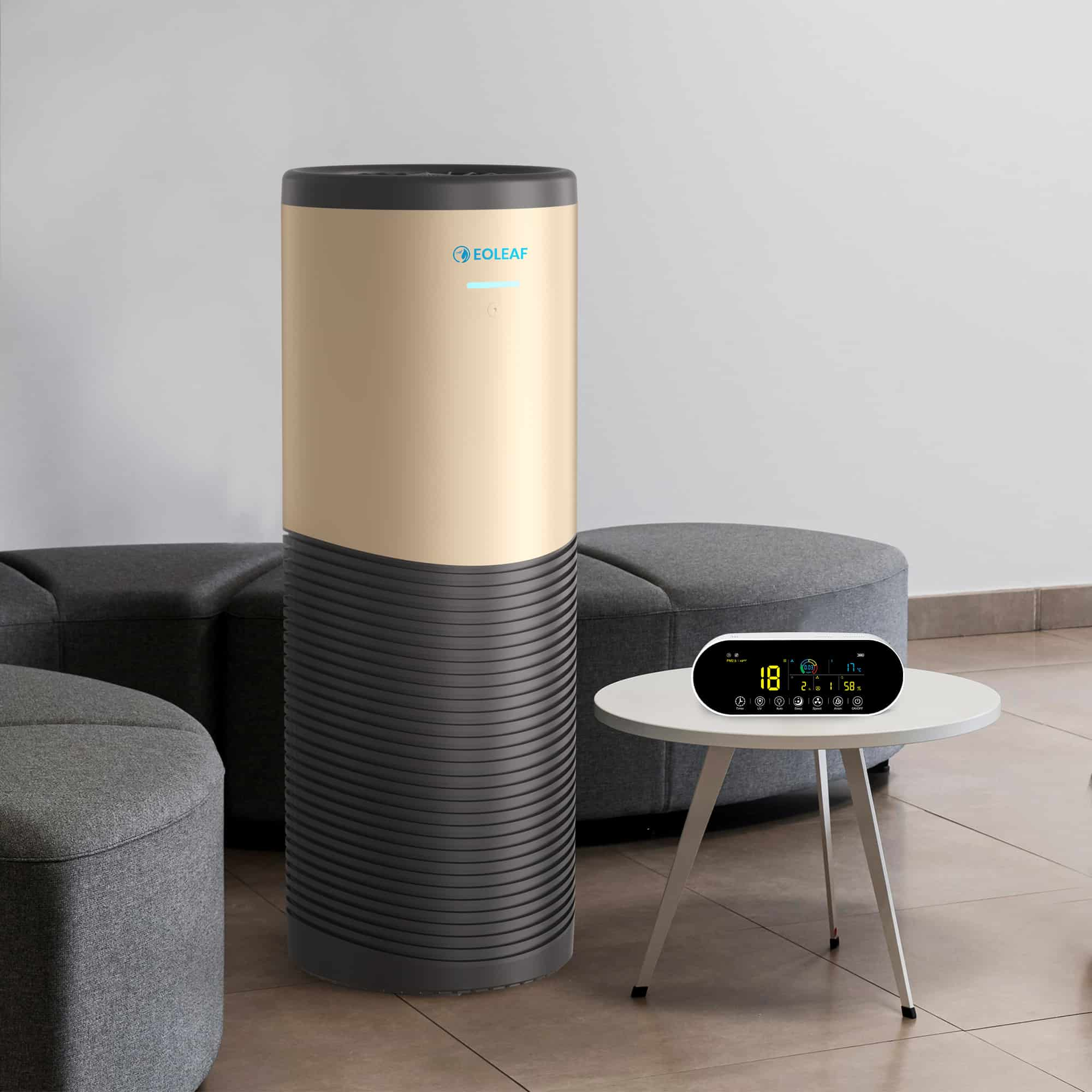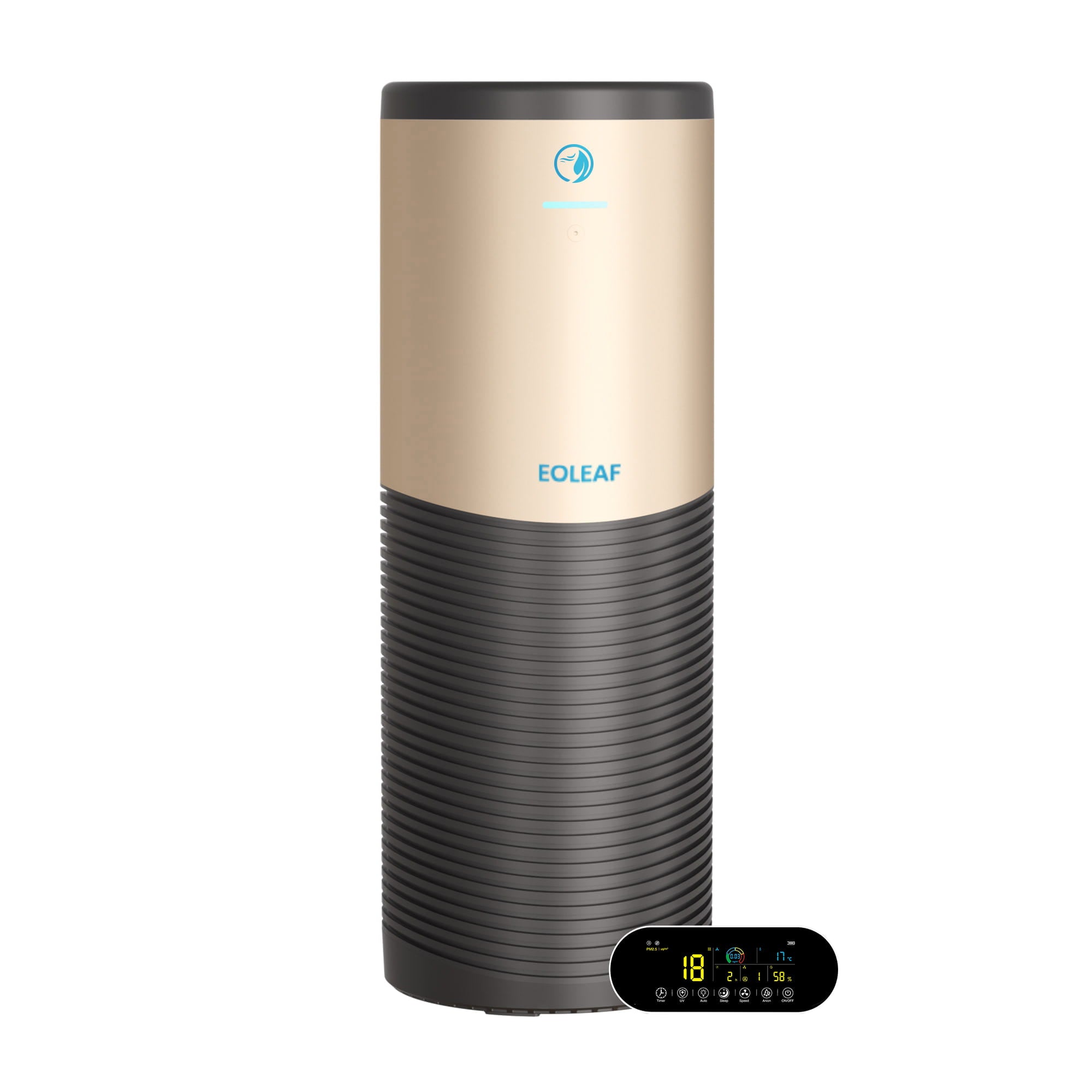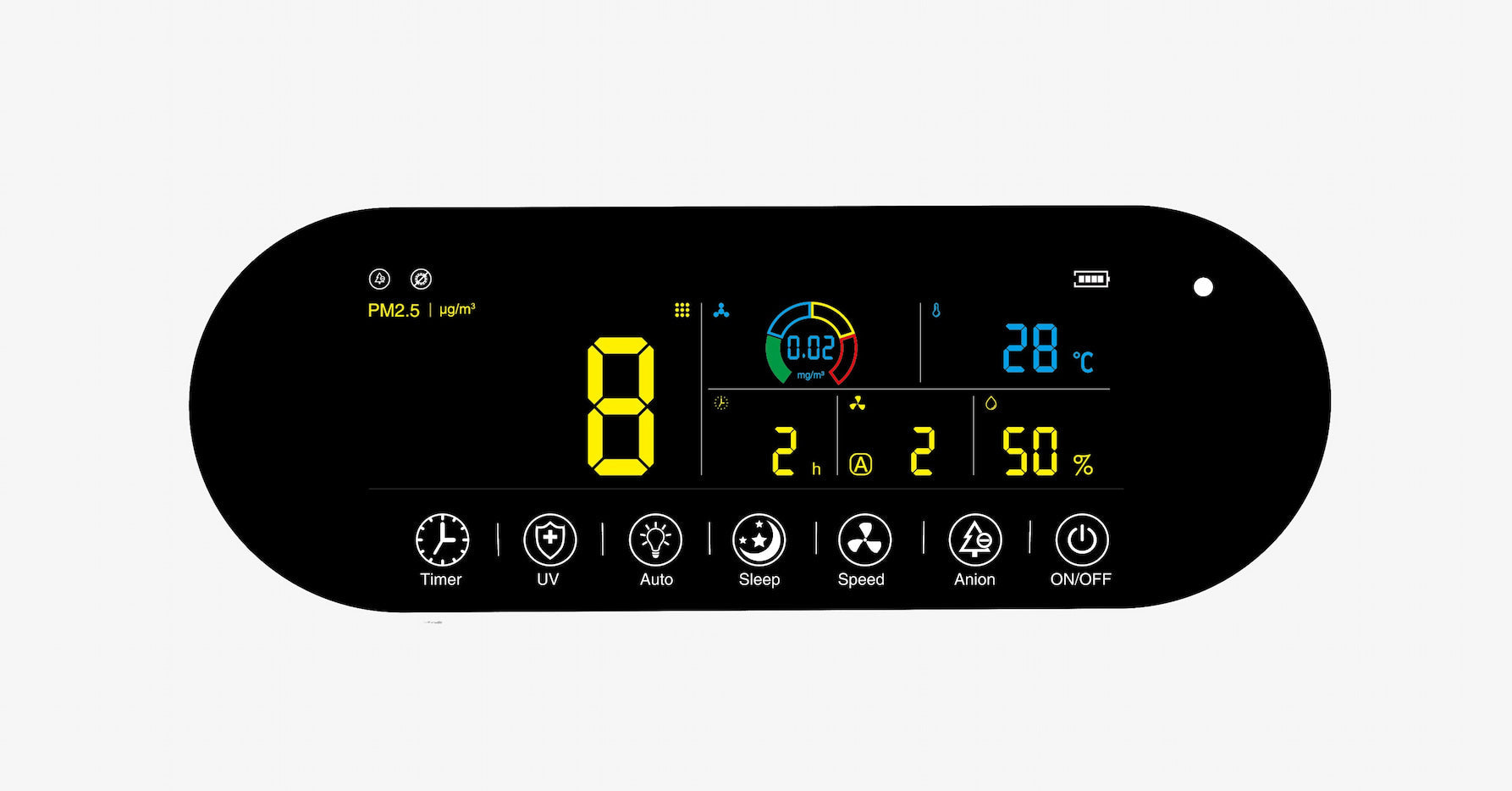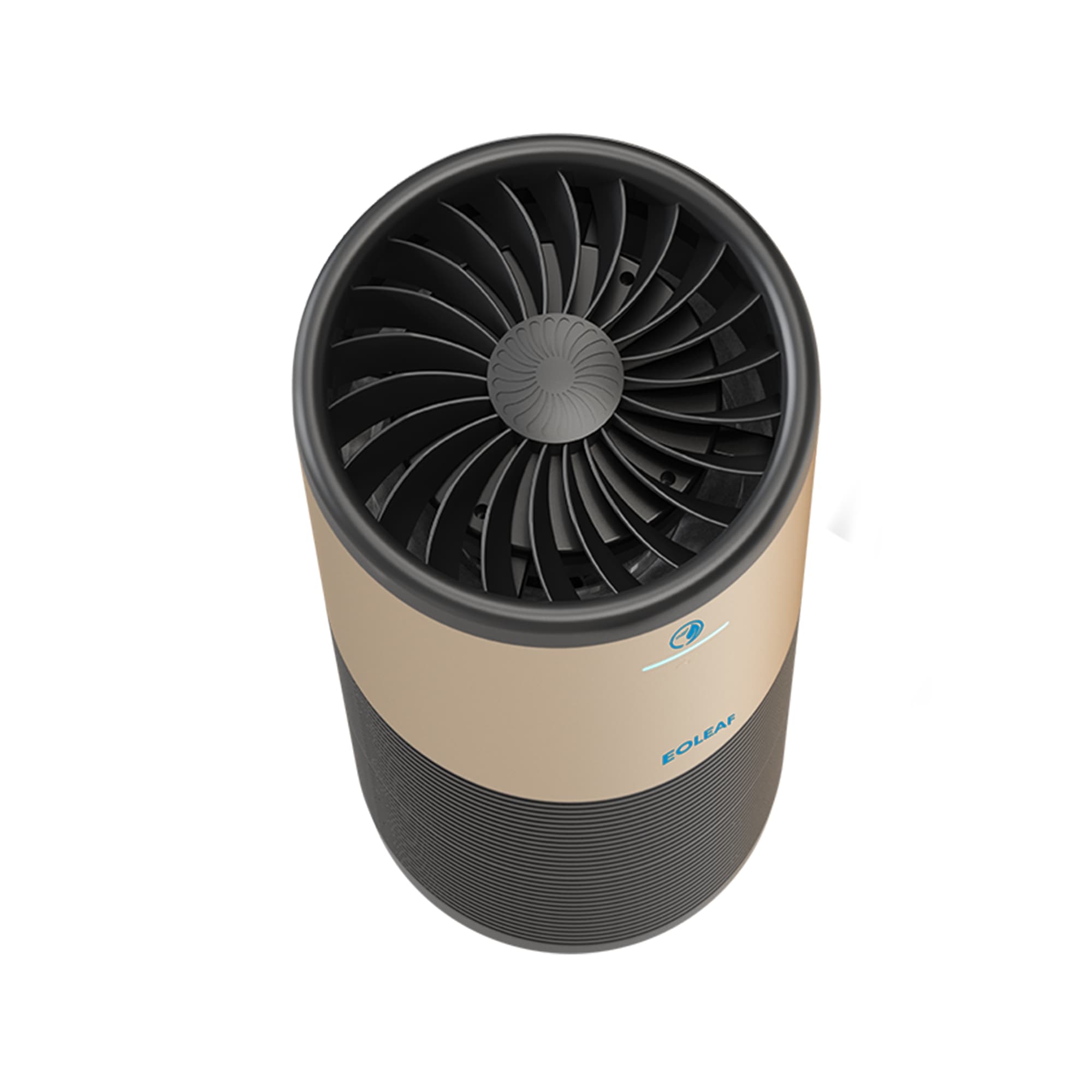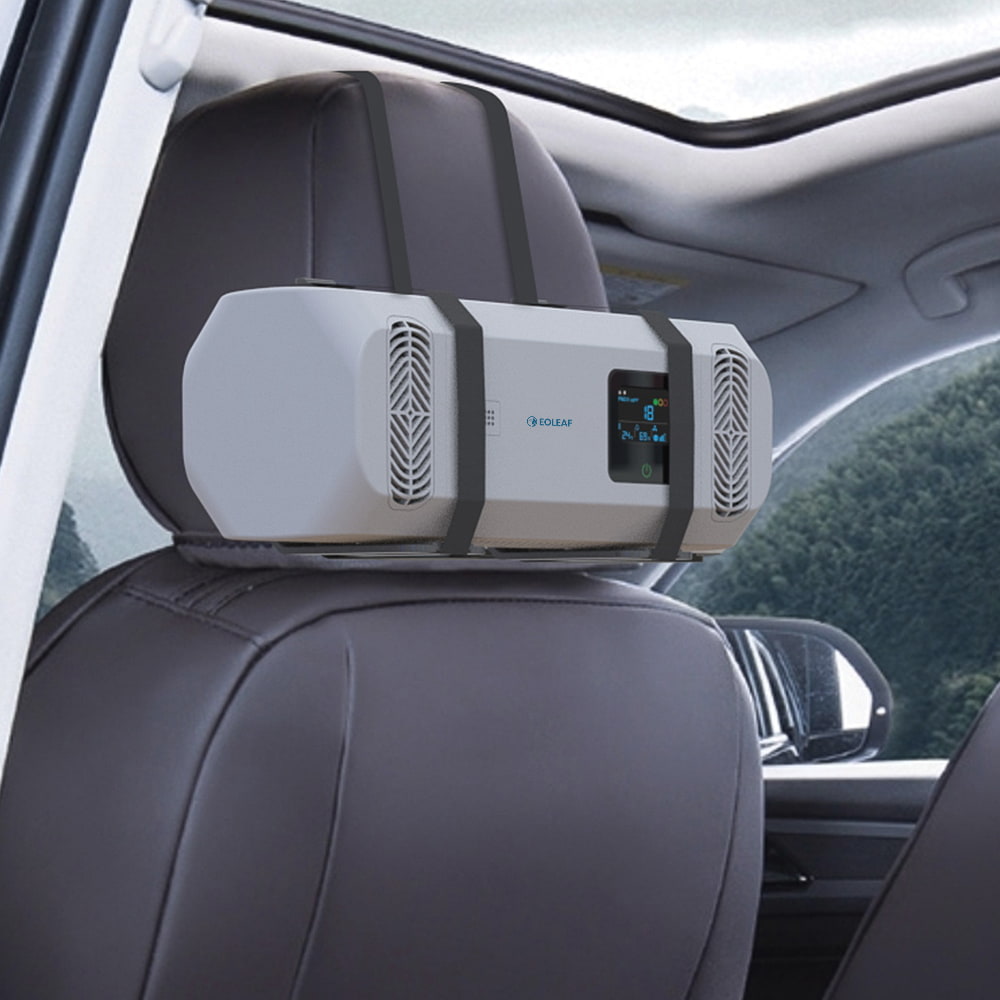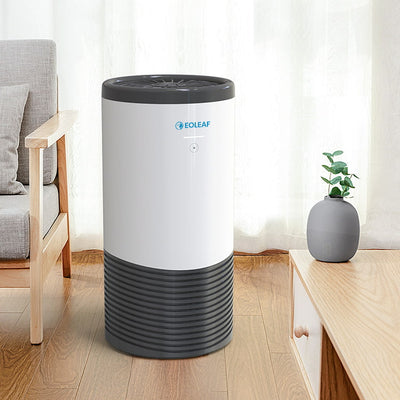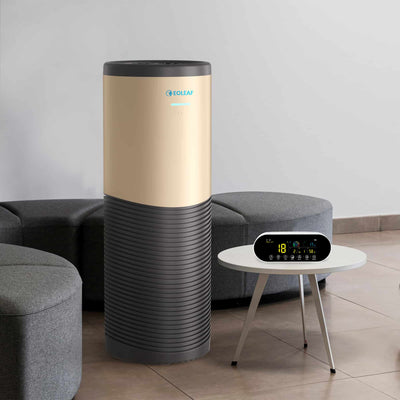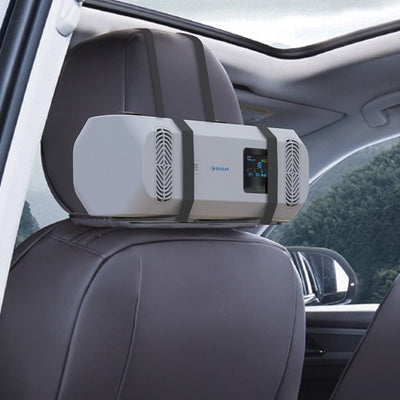How smoking contributes to air pollution
The health risks of cigarette smoke are well-known: smoking can lead to a host of diseases that affect every organ of the body including cancer, heart disease, stroke, diabetes, lung disease and lung cancer, COPD, and more1. Smoking can even be dangerous to non-smokers who experience both second-hand and third-hand smoking. However, you may not be aware of the risks smoking poses on our environment and air quality. Did you know that cigarette smoke is ten times more polluting to our air than diesel emissions? Read below to learn more about how smoking endangers our air quality, putting public health at risk3.

Tobacco smoke composition
In order to understand the impact smoking has on our air quality, it helps to understand the chemical composition of cigarette smoke.
Tobacco contains more than 4000 chemical compounds, 60 of which are known carcinogens. Tobacco smoke is a Group A carcinogen, making it one of the most dangerous cancer-causing agents. Some of the compounds included in cigarette smoke are carbon monoxide, benzene, formaldehyde, nicotine, phenol, hydrogen cyanide, polycyclic aromatic hydrocarbons (PAHs), and tobacco-specific nitrosamines (TSNAs). Tobacco smoke is an aerosol, meaning that 95% is gas and 5%, the visible part of cigarette smoke, consists of particles known as ‘tar’.
Cigarette smoke has two classifications in regards to risk assessment: mainstream or sidestream. Mainstream smoke is inhaled directly by the user through the cigarette column into the lungs. Sidestream smoke, also known as ‘passive smoke’ or ‘second-hand smoke’, is typically inhaled into the lungs by non-smokers (or ‘second-hand smokers’). It is the smoke that is released when the cigarette is left burning between puffs. Concentrations of the dangerous substances found in cigarettes is often higher in sidestream smoke2.
Here are some statistics that put into perspective just how much of an impact cigarette smoking has on air pollution and the environment:
- Smoking releases 2.6 billion kilogrammes of carbon dioxide and 5.2 billion kilogrammes of methane per year on a global scale9
- 8 million people per year die from lung cancer or other smoking-related diseases
- According to the World Health Organization (WHO), tobacco production’s price tag consists of ‘600,000 million trees, 200,000 hectares of land, 22 billion tonnes of water, and 84 million tonnes of CO2’10
- More than 600,000 metric tonnes of cigarette butts are littered into the environment every year, comprising 30 to 40% of matter collected by environmental clean-up groups since the 1980s11
- It is estimated that smokers litter 47% of cigarette butts
- In the United States alone, five disposable e-cigarettes are thrown away every second (150 million devices per year or enough lithium to power 6,000 Teslas)11
Controlled experiment in northern Italy
In a small mountain town in northern Italy, a place with remarkably low levels of fine particle pollution, also known as particulate matter (PM) air pollution, a controlled study took place to compare the effects of both diesel car emissions and cigarette smoke on our environment and on air quality.
During the study, a turbo diesel 2-litre engine was left idling in a garage for 30 minutes with the doors closed. The doors were then left open for four hours. Afterwards, three filtered cigarettes were lit sequentially and left to burn for 30 minutes. During these two events, a portable analyser took readings on the levels of PM. Upon comparing the results, the levels recorded in the first hour following the burning of the cigarettes measured 830 μg/m3 compared to 80 μg/m3 measured during the first hour of the diesel engine’s idling. Cigarette smoke was determined to have ten times more of an effect on air quality than those of diesel emissions3.
The various effects of tobacco production on air quality
Tobacco heavily pollutes throughout each step of production and consumption as demonstrated below:

The tobacco lifecycle has a high carbon footprint and significant environmental impact, leading to widescale deforestation and releasing greenhouse gases such as methane and carbon dioxide to the air we breathe. Read on below to learn about how each step impacts our environment as detailed by the Centre for Disease Control (CDC)12.
Growing tobacco
Agricultural practices for growing tobacco involve tree removal (deforestation) in order to grow tobacco plants. These practices degrade soil quality, cause desertification, decrease biodiversity, and expose agricultural workers to dangerous pesticides and chemicals. According to a 2012 statistic, 4.3 million hectares of land in low- and middle-income countries are used for growing tobacco, mainly in Brazil, China, and India.
Curing tobacco
The curing process for tobacco requires large quantities of wood. Again, this leads to deforestation. The CDC estimates that 11.4 million metric tonnes of wood are burned each year to cure tobacco.
Manufacturing tobacco
Tobacco production is estimated to consume 22 billion tonnes of water (approximately 3.7 litres of water to manufacture one cigarette). Tobacco is a water-intensive crop, requiring more than most other commercial crops. Significant energy is also required during the manufacturing process, releasing greenhouse gases, particle pollution, and emissions that equate to those released by 3 million transatlantic flights.
Of course, more wood is required to make the paper in which cigarettes are wrapped. The tobacco industry cuts down 600 million trees every year with one tree making the paper for about 15 packages of cigarettes.
Transporting tobacco
Commercial transport of tobacco products relies heavily on fossil fuels. This releases air pollutants like fine particles, contributing significantly to air pollution.
Tobacco smoke
Toxic emissions released by tobacco smoke harms the smoker, people and animals around them, and the environment. In addition to leading to high risk of experiencing human health problems like lung cancer, cigarette smoke is responsible for contributing thousands of metric tonnes of carcinogenic chemicals, greenhouse gases, and other toxic particles per year to our breathing air.
Disposing of tobacco
Cigarette butts are the most common type of litter on the planet. Packaging for tobacco products produces 2 million tonnes of waste per year. Cigarette butts consist of plasticised cellulose acetate, a type of plastic that is not biodegradable. It can take up to 14 years for a cigarette butt to break up into microplastics which then remain in the environment indefinitely13.
First-hand, second-hand and third-hand smoking
First-hand smoking
In addition to its serious environmental impact, first-hand smoking is the number one cause of cancer death worldwide and is considered to be the biggest public health threat on a worldwide scale with an estimated 1 billion smokers around the world (12% of the world’s population!). Furthermore, an estimated 8 million people are killed by tobacco particles annually, 7 million of whom die through direct tobacco use and 1 million of whom are non-smokers.
The most common diseases caused by smoking are:
- Cancer including lung, blood, bladder, cervical, colon, kidney, liver, mouth and throat, and stomach cancers (among others)
- Heart disease and stroke
- Chronic obstructive pulmonary disease (COPD)
- Risk of pregnancy complications including foetal tissue damage and lung and brain damage
- Lower fertility and higher risk of miscarriage1
Did you know that cigarette smoke is also radioactive? Cigarette smoke contains polonium-210 and lead-210, radioactive materials found in the soil but also in fertilisers used by farmers on tobacco plants and other crops. These substances remain on tobacco leaves well after curing and processing and are inhaled into the lungs when smoked. This radioactivity can cause cell and tissue damage8.
Second-hand smoking
As mentioned above, the compounds emitted in sidestream smoke, also known as passive or second-hand smoke, are much higher in concentration than those emitted in mainstream smoke. This increases the risk of experiencing negative health effects. According to the CDC, 1.2 million people per year die as a result of the effects of second-hand smoking, making it a major public health concern. One study reported that concentrations of nicotine, benzene, and PAHs, for example, were found to be ten-fold higher in second-hand smoke. Animal studies have found second-hand smoke to be about three to four times more toxic than mainstream smoke14.
Even more concerning is that sidestream smoke seems to increase in toxicity over time. The above study also found that when compared to freshly-generated second-hand smoke, 21-day-old second-hand smoke released four times the amount of toxic particles than the fresh version.
The CDC states that there is no safe level of exposure to second-hand smoke. In adults, second-hand smoke exposure causes coronary disease, stroke, lung cancer, and reproductive effects in women including low birth weight and miscarriage. In infants and children, it causes respiratory infections, ear infections, asthma attacks, and even sudden infant death syndrome (SIDS)1.
Third-hand smoking
There has been recent focus on third-hand smoking as well which refers to the residue and particles that settles and remains on surfaces (such as furniture, clothes, carpets, walls, etc.) long after a cigarette is put out. This residue is extremely difficult to remove and can remain on surfaces for days, months, or even years, with many people resorting to fully replacing carpets or repainting the walls in their homes. This is both costly and wasteful.
Research is still in the preliminary stages regarding the risks of third-hand smoking, but it is proving to pose some of the many dangers caused by first- and second-hand smoking. Some may include lung cancer and damage to human and animal DNA.
Read more about the risks of smoking, including third-hand smoking here.
How to protect yourself from cigarette smoke?
Check your local air quality
Of course, the best way to avoid the effects caused by cigarette smoke is to stop smoking and to encourage your friends and family to avoid consuming tobacco products! You can also keep up-to-date on air quality trends in your area by referring to local air quality maps like DEFRA’s. Air quality monitoring in your area will help you understand when it is best to keep windows closed, to limit your time outdoors, and how to protect yourself from the dangers of air pollution on public health.
Invest in an air purifier
Another excellent solution to protect yourself from poor air quality caused by cigarette smoke is to purchase an air purifier for your home and workplace. It is a great way to protect your lungs and health from the risks of cigarette smoke.
Particles in tobacco smoke usually measure 0.3-0.5 μm in size. However, tobacco smoke contains nanoparticles that measure down to a size of 0.1 μm5. Not just any air purifier guarantees proper filtration of particles of this size. When purchasing an air purifier, you must ensure that its filter is HEPA (high-efficiency particulate air)-certified. As stated by European standards EN 1822 and EN ISO 29463, HEPA filters are capable of filtering at least 99.97% of particles of a size greater than or equal to a diameter of 0.01 µm in a single pass. All Eoleaf air purification products contain HEPA filters.
Another highly recommended technology to look for in your air purifier when dealing with cigarette smoke is an activated carbon filter. Activated carbon binds itself to a variety of pollutants including ozone, benzene, and VOCs (organic volatile compounds), further ensuring your clean air. It also is extremely effective at removing bad odours from your home or workplace, including cigarette smoke odours!
We’re here to help you choose the perfect device for your needs. Reach out to our team of air purification experts today to start breathing clean air free of pollutants caused by cigarette smoke.

References
1 Centers for Disease Control and Prevention. (2020, April 28). Health effects of smoking and tobacco use. Centers for Disease Control and Prevention. Retrieved January 18, 2023, from https://www.cdc.gov/tobacco/basic_information/health_effects/index.htm
2 Engstrom PF, Clapper ML, Schnoll RA. Physiochemical Composition of Tobacco Smoke. In: Kufe DW, Pollock RE, Weichselbaum RR, et al., editors. Holland-Frei Cancer Medicine. 6th edition. Hamilton (ON): BC Decker; 2003. Available from: https://www.ncbi.nlm.nih.gov/books/NBK13173/
3 MediLexicon International. (2023). Cigarette smoke produces 10 times more air pollution than Diesel Car Exhaust. Medical News Today. Retrieved January 18, 2023, from https://www.medicalnewstoday.com/releases/12481
4 Zhou, G. (2019). Tobacco, air pollution, environmental carcinogenesis, and thoughts on conquering strategies of lung cancer. Cancer Biology & Medicine, 16(4), 700–713. https://www.cancerbiomed.org/content/16/4/700
5 Kukreja, R. (2022, July 28). 13 serious effects of cigarette smoking on environment and human health. Conserve Energy Future. Retrieved January 18, 2023, from https://www.conserve-energy-future.com/serious-effects-cigarette-smoking-environment-and-human-health.php
6 How to choose the best air purifiers for removing tobacco smoke. BreathingSpace.co.uk. (2022). Retrieved November 11, 2022, from https://www.breathingspace.co.uk/how-to-choose-the-best-air-purifiers-for-removing-tobacco-smoke-i97
7 Chestnov, O., da Costa e Silva, V. L., & Mukhtar, A. (2017). Tobacco and its environmental impact: an overview. World Health Organization.
8 Centers for Disease Control and Prevention. (2015, December 7). Radiation studies: CDC - Cigarette smoking and radiation. Centers for Disease Control and Prevention. Retrieved January 19, 2023, from https://www.cdc.gov/nceh/radiation/smoking.htm
9 13 serious effects of cigarette smoking on environment and human health. Conserve Energy Future. (2023, November 16). https://www.conserve-energy-future.com/serious-effects-cigarette-smoking-environment-and-human-health.php#:~:text=6.,to%20the%20general%20atmospheric%20pollution
10 World Health Organization. (2022, May 31). WHO raises alarm on tobacco industry environmental impact. World Health Organization. https://www.who.int/news/item/31-05-2022-who-raises-alarm-on-tobacco-industry-environmental-impact
11 Tobacco and the environment. Truth Initiative. (2023, April 26). https://truthinitiative.org/research-resources/harmful-effects-tobacco/tobacco-and-environment
12 Centers for Disease Control and Prevention. (2022, June 1). Environmental impacts of the tobacco lifecycle. Centers for Disease Control and Prevention. https://archive.cdc.gov/www_cdc_gov/globalhealth/infographics/tobacco/tobacco-lifecycle.html
13 Cigarette butts are rubbish. Keep Britain Tidy. (n.d.). https://www.keepbritaintidy.org/smoking-related-litter
14 Institute of Medicine (US) Committee on Secondhand Smoke Exposure and Acute Coronary Events. Secondhand Smoke Exposure and Cardiovascular Effects: Making Sense of the Evidence. Washington (DC): National Academies Press (US); 2010. 2, Evaluating Exposure to Secondhand Smoke. Available from: https://www.ncbi.nlm.nih.gov/books/NBK219569/
Eoleaf's range of air purifiers
NeoPur 400 air purifier
40 m² (450 sq ft) coverage area - Smart & Connected
TeraPur 600 air purifier
80 m² (850 sq ft) coverage area - Ultimate all-in-one
AltaPur 700 air purifier
120 m² (1300 sq ft) coverage area - Professional model
PurCar air purifier
HEPA H13 Filter & Ioniser - For all vehicles




